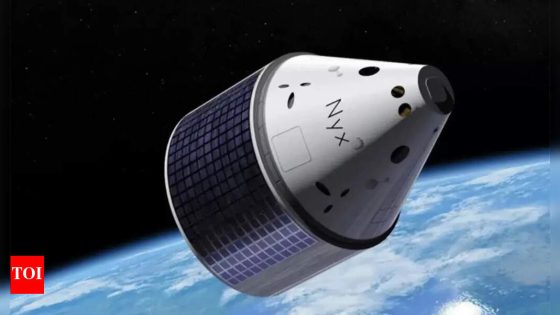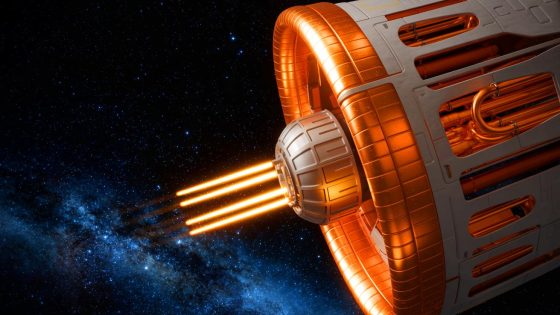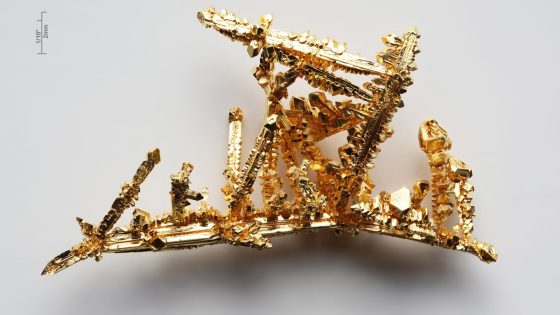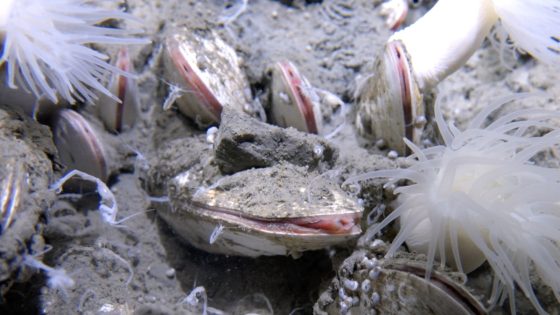Building a spacecraft may one day be as simple as folding a piece of paper into a plane. Researchers from the University of Tokyo recently simulated a paper airplane launched from the International Space Station (ISS) to explore its potential for surviving atmospheric reentry.
- Paper spacecraft could simplify space construction.
- Origami may address space debris issues.
- Stability tested in wind tunnel simulations.
- Organic materials reduce environmental impact.
- Challenges include tracking and aerodynamic sensitivity.
- Potential for low-cost short-duration missions.
In a study published on 2025-07-19 18:10:00 in Acta Astronautica, the team proposed that origami could address the growing debris problem in low Earth orbit. Instead of relying solely on metals, they suggest using a standard sheet of paper, which would burn up harmlessly during reentry. This innovative approach aims to create a more sustainable orbital environment.
This research raises an intriguing question: Could simple materials like paper revolutionize space travel? The team’s findings indicate that while traditional spacecraft leave harmful metallic particles upon reentry, paper-based designs could offer a safer alternative. Key points include:
- Origami planes can provide low-cost solutions for short missions.
- Organic materials minimize environmental impact during reentry.
- Challenges remain in tracking and aerodynamic stability.
As we look to the future, could these paper-based spacecraft pave the way for a cleaner, more efficient presence in space? The possibilities are exciting and warrant further exploration.

































